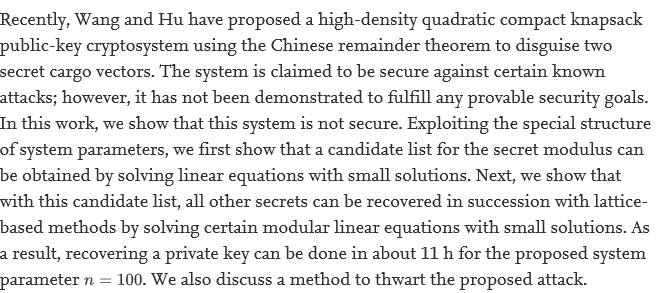Image Restoration of Skin Scattering and Optical Blurring for Finger Vein Recognition
이의철
|
OPT LASER ENG
Online
(2011)
- 초록
Finger vein recognition has been adopted due to its high recognition rate and the invisibility of vein in visible light.
However, because a finger vein pattern is not distinctive due to light scattering in the skin layer, the localization of a
finger vein pattern region using an image processing algorithm is a difficult procedure. Also, optical blurring increases
these difficulties. We propose a new finger vein image restoration method to deal with skin scattering and optical
blurring. Our research is novel in three ways compared to previous studies. Firstly, the amount of optically blurring of
a finger vein image is measured based on the average gradient of the orthogonal profile of a finger edge. Secondly,
the accurate point spread function (PSF) of optical blurring is adaptively determined based on the orthogonal profile of
a finger edge. Thirdly, by using a constrained least square (CLS) filter and optimized parameters in terms of the
lowest error of finger vein recognition, the restoration of a skin scattered and optically blurred finger vein pattern was
performed. Experimental results show that the equal error rate (EER) of finger vein recognition with restoration was
reduced by as much as 3.14% (5.05% ? 1.91%) compared to the EER without restoration.
- 초록
Finger vein recognition has been adopted due to its high recognition rate and the invisibility of vein in visible light.
However, because a finger vein pattern is not distinctive due to light scattering in the skin layer, the localization of a
finger vein pattern region using an image processing algorithm is a difficult procedure. Also, optical blurring increases
these difficulties. We propose a new finger vein image restoration method to deal with skin scattering and optical
blurring. Our research is novel in three ways compared to previous studies. Firstly, the amount of optically blurring of
a finger vein image is measured based on the average gradient of the orthogonal profile of a finger edge. Secondly,
the accurate point spread function (PSF) of optical blurring is adaptively determined based on the orthogonal profile of
a finger edge. Thirdly, by using a constrained least square (CLS) filter and optimized parameters in terms of the
lowest error of finger vein recognition, the restoration of a skin scattered and optically blurred finger vein pattern was
performed. Experimental results show that the equal error rate (EER) of finger vein recognition with restoration was
reduced by as much as 3.14% (5.05% ? 1.91%) compared to the EER without restoration.
자세히보기















